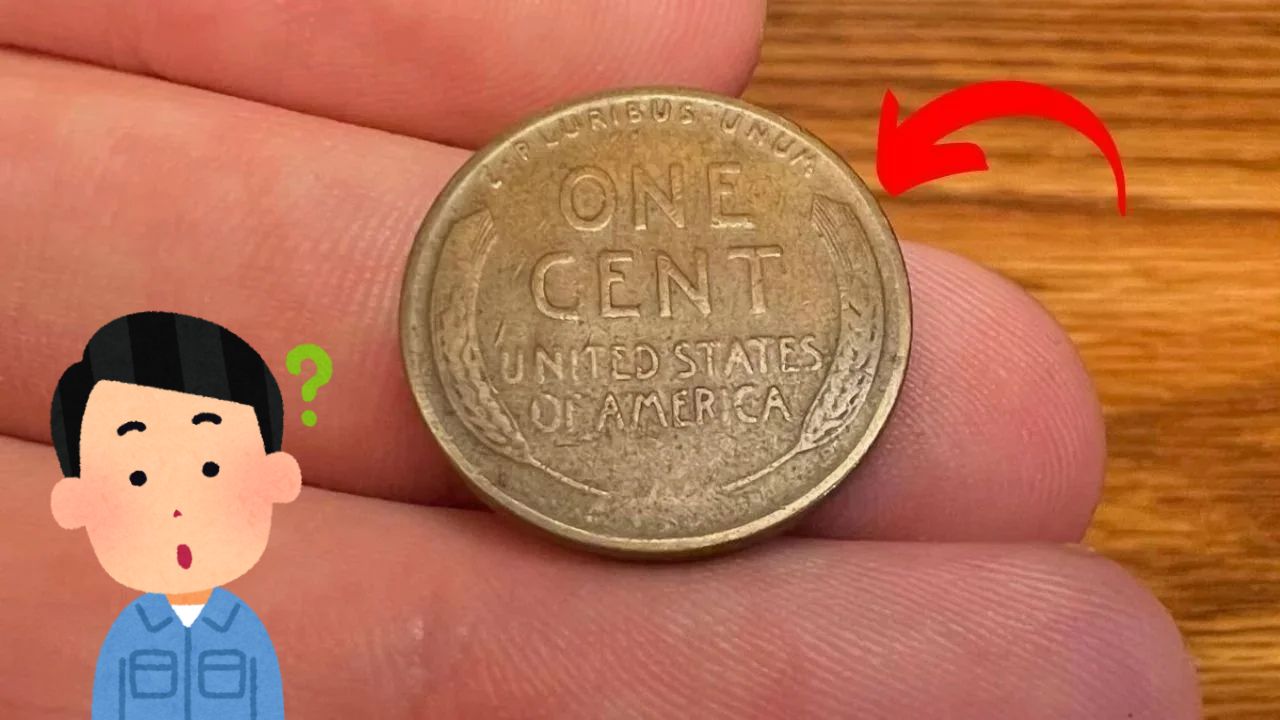Most people see pennies as just small coins with little value, often overlooked or left behind. But some pennies are extraordinary — especially the Lincoln Wheat Penny, which has captivated collectors for decades. One rare version of this penny has been known to sell for as much as $880,000 at auction. Even more fascinating, these valuable pennies might still be quietly circulating today.
The History of the Lincoln Wheat Penny
The Lincoln Wheat Penny was introduced in 1909 to celebrate the 100th birthday of President Abraham Lincoln. This was the first U.S. coin to feature a real person’s portrait, breaking away from previous designs that showcased symbolic figures like Liberty. The front of the coin displays Lincoln’s profile, while the reverse side features two wheat stalks, giving it its famous “Wheat Penny” nickname.
The U.S. Mint produced the Wheat Penny from 1909 to 1958, before replacing the reverse design with the Lincoln Memorial. During this nearly 50-year run, some special and rare variations were created—whether due to limited mintage, minting errors, or unique materials—making these coins highly prized by collectors today.
What Makes the Lincoln Wheat Penny Worth $880,000?
While most Lincoln Wheat Pennies hold only modest value above their face value, a few rare versions stand out dramatically. The crown jewel is the 1943 copper Lincoln Wheat Penny.
In 1943, to conserve copper for World War II efforts, the Mint switched penny production to zinc-coated steel. However, a minting error caused a small number of pennies to be struck on leftover copper planchets instead. These 1943 copper pennies are exceptionally rare, with only a handful known to exist worldwide.
Because of this extreme rarity and historical significance, a 1943 copper Lincoln Wheat Penny in excellent condition can command prices as high as $880,000 or more. Collectors and enthusiasts are willing to pay premium prices for the chance to own such a unique piece of American history.
Quick Facts About the Lincoln Wheat Penny
| Coin Name | Lincoln Wheat Penny |
|---|---|
| Year Introduced | 1909 |
| Notable Rare Version | 1943 Copper Error Penny |
| Regular 1943 Material | Zinc-coated steel |
| Estimated Top Value | $880,000 |
| Still in Circulation? | Possibly, but extremely rare |
| Distinctive Feature | Wheat stalks on the reverse side |
Could a Valuable Lincoln Wheat Penny Still Be in Circulation?
You might wonder how a coin worth nearly a million dollars could still be found among everyday change. The truth is, many people don’t know the difference between common Wheat Pennies and rare errors like the 1943 copper version. These valuable coins have slipped through unnoticed in cash registers, old coin collections, or loose change in pockets.
Over the years, collectors and everyday people alike have uncovered rare coins in unexpected places. So yes, it’s entirely possible that a valuable Lincoln Wheat Penny is still circulating, waiting for someone to recognize it.
How to Identify a Rare Lincoln Wheat Penny
If you want to check if you have a rare Lincoln Wheat Penny, here are some key tips:
- Check the Date: Look for a 1943 penny that has a copper or brownish color instead of the usual steel-gray.
- Use a Magnet: Since zinc-coated steel pennies are magnetic and copper is not, hold a magnet near the coin. If it doesn’t stick, it might be a copper error penny.
- Assess Condition: The value increases significantly if the coin is in good condition, with clear details and minimal wear.
- Avoid Cleaning: Never clean a rare coin, as it can damage the surface and reduce its value. If you suspect you have a rare coin, have it professionally appraised.
Final Thoughts: Don’t Overlook Your Pennies
The humble Lincoln Wheat Penny, especially the rare 1943 copper error, is a fascinating reminder of how everyday objects can hold incredible hidden value. For coin collectors and casual observers alike, taking a moment to inspect those old pennies could lead to an amazing discovery.
So next time you find a penny, don’t dismiss it as just another coin. It might be one of the rare Lincoln Wheat Pennies that collectors prize—potentially worth thousands or even hundreds of thousands of dollars.
